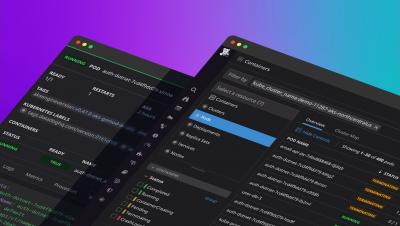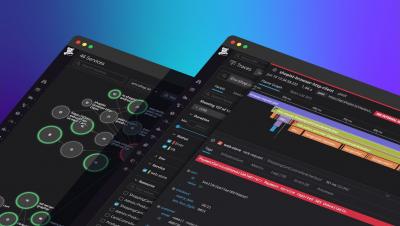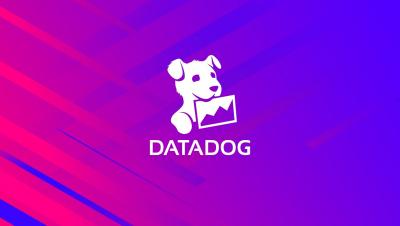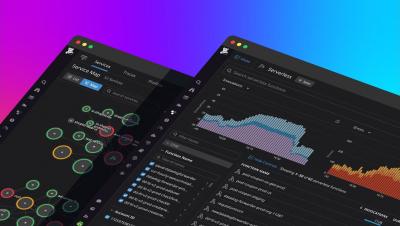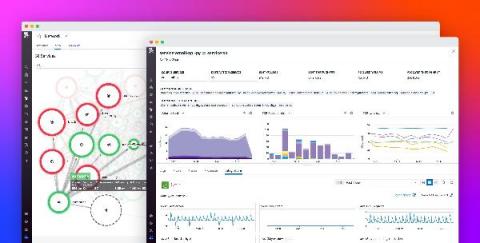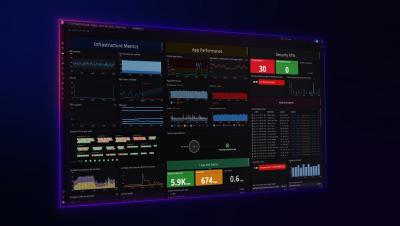Operations | Monitoring | ITSM | DevOps | Cloud
Datadog
Datadog Application Performance Monitoring (APM)
See Inside the Datadog Platform
Announcing support for the AWS managed Lambda Layer for OpenTelemetry
Datadog’s support of OpenTelemetry—a vendor-agnostic, open source set of APIs and libraries for collecting system and application telemetry data—has helped thousands of organizations implement monitoring strategies that complement their existing workflows. Many of our customers leverage OpenTelemetry for their server- and container-based deployments, but also need visibility into the health and performance of their serverless applications running on AWS Lambda.
Datadog Serverless Monitoring
Datadog Mobile RUM now supports React Native monitoring
React Native is an open source framework for building cross-platform mobile applications. With React Native, developers can easily reuse the same JavaScript code for iOS, Android, and the browser, with only minimal need to accommodate specific platforms.
Monitor cloud endpoint health with Datadog's cloud service autodetection
Your modern cloud-hosted applications rely on a number of key components—such as databases and load balancers—that are managed by the cloud provider. While these cloud resources can reduce the overhead of maintaining your own infrastructure, capturing and contextualizing monitoring data from services you don’t own can be difficult.
Introducing Datadog in 45 seconds
Detect unauthorized third parties in your AWS account
Detecting when an unauthorized third party is accessing your AWS account is critical to ensuring your account remains secure. For example, an attacker may have gained access to your environment and created a backdoor to maintain persistence within your environment. Another common (and more frequent) type of unauthorized access can happen when a developer sets up a third-party tool and grants it access to your account to monitor your infrastructure for operations or optimize your bill.
How to monitor HashiCorp Vault with Datadog
In this series, we’ve introduced key HashiCorp Vault metrics and logs to watch, and looked at some ways to retrieve that information with built-in monitoring tools. Vault is made up of many moving parts, including the core, secrets engine, and audit devices. To get a full picture of Vault health and performance, it’s important to track all these components, along with the resources they consume from their underlying infrastructure.


